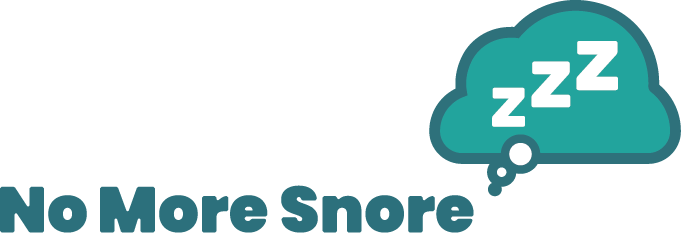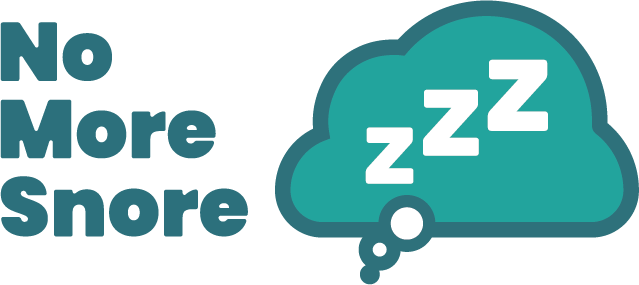Sleep is an essential part of our daily routine and plays a crucial role in maintaining our overall health and well-being. However, for some individuals, sleep can be elusive due to the presence of sleep disorders. Sleep disorders encompass a wide range of conditions that affect the quality, duration, and timing of sleep. In this blog, we will explore various types of sleep disorders, their symptoms, and available treatment options.
Types of Sleep Disorders
Insomnia: Insomnia is characterized by difficulty falling asleep, staying asleep, or experiencing non-restorative sleep. It can be classified as acute (short-term) or chronic (long-term). Symptoms of insomnia include daytime fatigue, irritability, difficulty concentrating, and mood disturbances. Common causes of insomnia include stress, anxiety, depression, certain medications, caffeine, and poor sleep hygiene.
Treatment options
- Cognitive Behavioral Therapy for Insomnia (CBT-I): This therapy focuses on identifying and modifying behaviors and thoughts that contribute to insomnia. It aims to improve sleep habits and establish a consistent sleep routine.
- Sleep hygiene practices: Maintaining a regular sleep schedule, creating a comfortable sleep environment, avoiding stimulating activities before bedtime, and limiting the consumption of caffeine and alcohol.
- Medications: In some cases, short-term use of sleep aids or sedatives may be prescribed to help with sleep initiation or maintenance. However, these medications should be used under the guidance of a healthcare professional.
Sleep Apnea: Sleep apnea is a condition where breathing repeatedly stops and starts during sleep. There are three main types: obstructive sleep apnea (OSA), central sleep apnea (CSA), and complex sleep apnea syndrome (a combination of both). Symptoms of sleep apnea include loud snoring, daytime sleepiness, morning headaches, irritability, and difficulty concentrating.
Treatment options
- Continuous Positive Airway Pressure (CPAP) therapy: This involves wearing a mask over the nose or nose and mouth during sleep. The CPAP machine delivers a continuous stream of air, keeping the airway open and preventing apnea episodes.
- Oral appliances: Custom-fitted dental devices can help reposition the jaw and tongue to keep the airway open.
- Lifestyle changes: Weight loss, avoiding alcohol and sedatives, sleeping in a side position, and quitting smoking can all contribute to the management of sleep apnea.
- Surgery: In severe cases, surgical interventions such as uvulopalatopharyngoplasty (UPPP), maxillomandibular advancement (MMA), or tracheostomy may be recommended.
Narcolepsy: Narcolepsy is a neurological disorder characterized by excessive daytime sleepiness and a tendency to suddenly fall asleep during the day, even in inappropriate situations. Other symptoms include cataplexy (sudden loss of muscle tone), sleep paralysis, hallucinations, and disrupted nighttime sleep.
Treatment options
- Medications: Stimulant medications, such as modafinil or armodafinil, can help promote wakefulness during the day. Sodium oxybate (Xyrem) is often used to improve nighttime sleep and reduce cataplexy.
- Scheduled napping: Strategic short naps throughout the day can help manage excessive daytime sleepiness.
- Lifestyle adjustments: Maintaining a consistent sleep schedule, ensuring a conducive sleep environment, and avoiding excessive alcohol and caffeine intake.
Restless Legs Syndrome (RLS): RLS is a neurological disorder characterized by an uncomfortable sensation in the legs, usually accompanied by an irresistible urge to move them. Symptoms are typically worse at rest, especially in the evening or nighttime, and can disrupt sleep.
Treatment options
- Lifestyle changes: Regular exercise, avoiding caffeine and nicotine, and adopting good sleep habits can help manage RLS symptoms.
- Medications: Dopaminergic drugs, opioids, anticonvulsants, and iron supplements (in cases of iron deficiency) may be prescribed to relieve symptoms.
- Alternative therapies: Warm baths, massage, stretching exercises, and applying heat or cold to the affected limbs can provide temporary relief.
Circadian Rhythm Sleep-Wake Disorders: These disorders result from a misalignment between an individual’s internal body clock and their desired sleep-wake schedule. Common examples include shift work sleep disorder, delayed sleep-wake phase disorder, and jet lag disorder.
Treatment options
- Light therapy: Exposure to bright light at specific times can help reset the circadian rhythm.
- Melatonin supplementation: Taking melatonin, a hormone that regulates sleep-wake cycles, can help promote sleepiness or adjust the sleep schedule.
- Sleep schedule adjustments: Gradually shifting the sleep-wake schedule to align with desired times.
Parasomnias: Parasomnias are abnormal behaviors or experiences that occur during sleep. They can include sleepwalking, night terrors, sleep talking, and REM sleep behavior disorder (acting out dreams).
Treatment options
- Safety measures: Ensuring a safe sleep environment by removing potential hazards and securing windows and doors.
- Medications: In some cases, medications may be prescribed to manage specific parasomnias, especially if they pose a risk to the individual or others.
- Therapy: Cognitive behavioral therapy (CBT) or hypnosis may be used to manage certain parasomnias.
Sleep disorders can significantly impact an individual’s well-being and quality of life. It is important to recognize the symptoms and seek appropriate diagnosis and treatment. Consulting with a healthcare professional, such as a sleep specialist, can help determine the underlying causes of sleep disorders and guide the most suitable treatment options. With the right approach, many sleep disorders can be effectively managed, leading to improved sleep and overall health.

